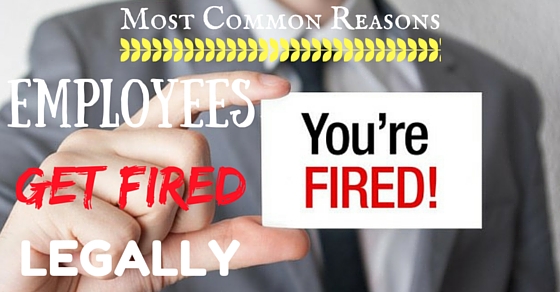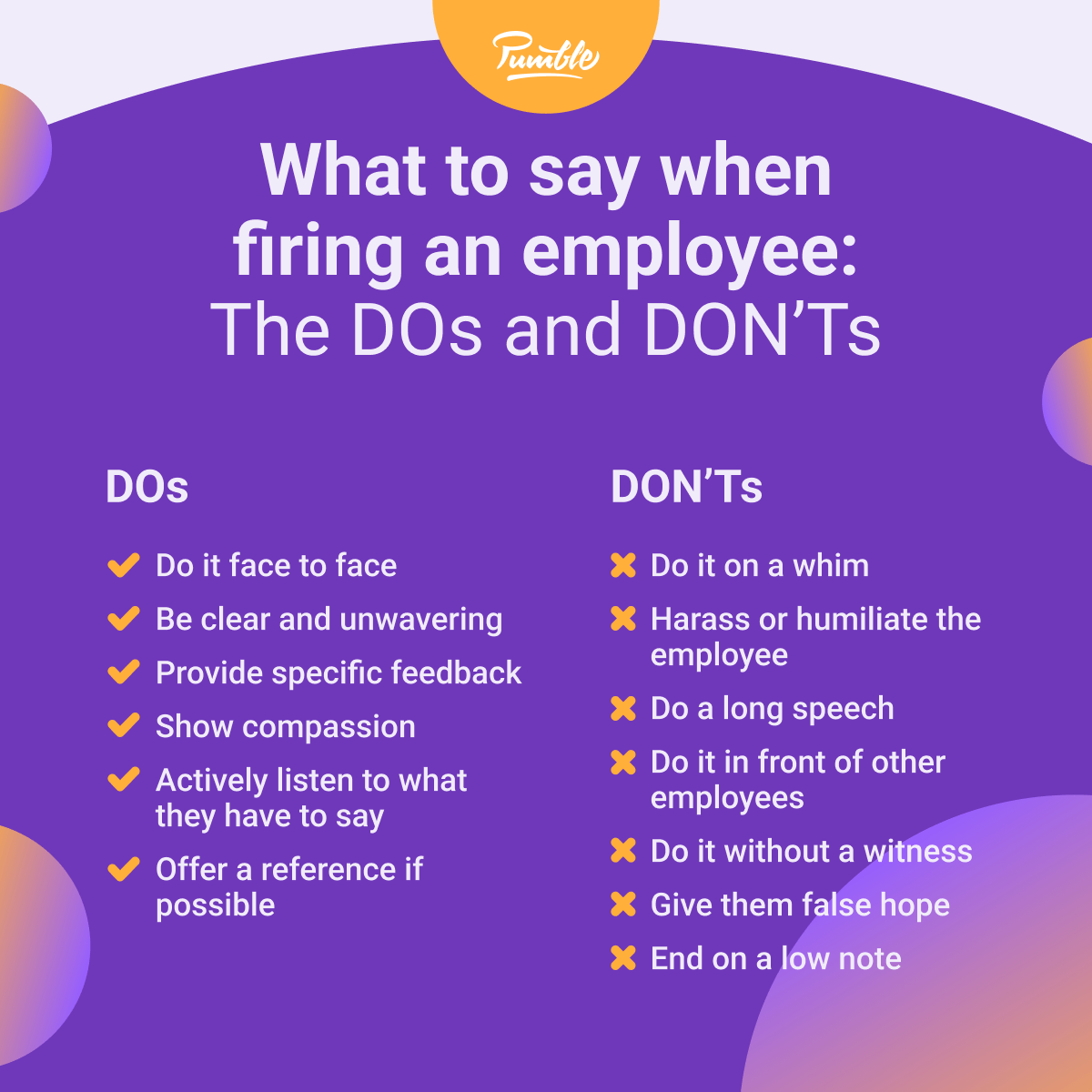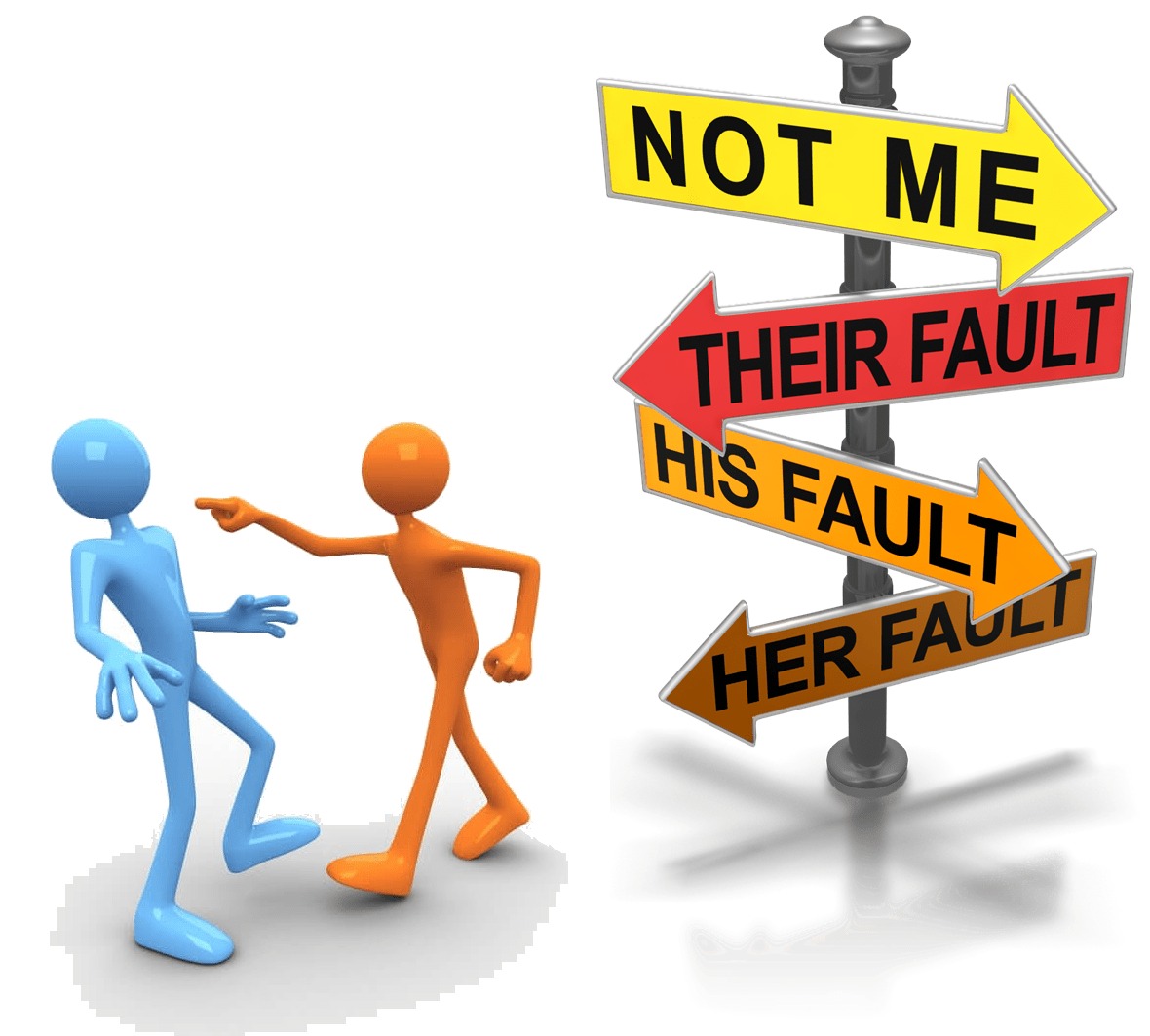Can You Fire Someone For A Bad Attitude

The break room hummed with the low thrum of the coffee machine, a stark contrast to the tense atmosphere. Whispers danced around the edges of conversations, hushed anxieties about *office morale* and the persistent cloud of negativity hanging over the sales team. Sarah, usually a beacon of optimism, found herself dreading her interactions with a colleague whose sour demeanor seemed to be seeping into every project.
The question lingers in the air, a weight on the shoulders of managers and employees alike: Can you actually fire someone for a bad attitude? While "bad attitude" isn't a legally protected characteristic like race or gender, it can be a contributing factor, particularly when it demonstrably impacts productivity, disrupts the workplace, or violates company policies. The key is documentation, consistent application of standards, and a focus on behavior, not personality.
The Murky Waters of "Bad Attitude"
Defining "bad attitude" is where things get tricky. It's subjective, and what one person considers a harmless quirk, another might perceive as disruptive and unprofessional. Is it simply a personality clash, or is it something more insidious that undermines team cohesion and impacts the bottom line?
Consider instances like chronic complaining, consistent negativity, disrespectful communication, or refusal to collaborate. These behaviors, if persistent and well-documented, can be grounds for disciplinary action, potentially leading to termination.
Document, Document, Document!
Without a doubt, documentation is the cornerstone of any employment action based on attitude. HR professionals consistently emphasize the importance of keeping a detailed record of specific instances of negative behavior. This includes dates, times, who was involved, and the impact of the behavior.
According to SHRM (Society for Human Resource Management), clear and consistent documentation helps to protect employers from potential legal challenges. It illustrates that the decision to terminate was based on objective observations and legitimate business reasons, not on personal feelings.
Performance vs. Personality
It's critical to distinguish between performance issues and personality clashes. An employee might have a gruff exterior but consistently exceed expectations. In that case, focusing on their attitude might be less productive than acknowledging their contributions and perhaps offering communication skills training.
However, if the same employee's negativity is dragging down the team and affecting their performance, it becomes a legitimate concern. The focus should always be on how the behavior impacts their work and the work of others.
Legal Considerations and Best Practices
Before terminating an employee for attitude-related issues, employers should consult with legal counsel to ensure compliance with all applicable laws. Federal and state laws protect employees from discrimination based on protected characteristics.
Employers must also ensure that company policies are clearly communicated and consistently enforced. A well-defined code of conduct can set expectations for behavior in the workplace. This includes specific guidelines on professionalism, communication, and teamwork.
Progressive Discipline is Key
Most HR professionals recommend a progressive discipline approach. This typically involves verbal warnings, written warnings, performance improvement plans (PIPs), and, as a last resort, termination.
A PIP should clearly outline the specific behaviors that need to change, the expected standards, and the timeline for improvement. It should also provide support and resources to help the employee succeed. This demonstrate that the employer is giving the employee a fair chance to improve.
The Importance of Open Communication
Rather than allowing a negative attitude to fester, managers should address concerns proactively and constructively. Honest and open communication can often resolve issues before they escalate.
Providing feedback in a respectful and empathetic manner can help employees understand the impact of their behavior and motivate them to change. Often, people are unaware of how they are perceived by others.
A Balanced Approach
Firing someone for a bad attitude is a complex issue with no easy answers. It requires careful consideration, thorough documentation, and a commitment to fair and consistent treatment. Ultimately, the goal is to create a positive and productive work environment where everyone can thrive.
Perhaps the most valuable takeaway is the importance of proactive communication and a focus on behavior rather than personality. By addressing concerns early and providing employees with the support they need, employers can often turn a "bad attitude" into a positive and productive contribution.







.jpg)










